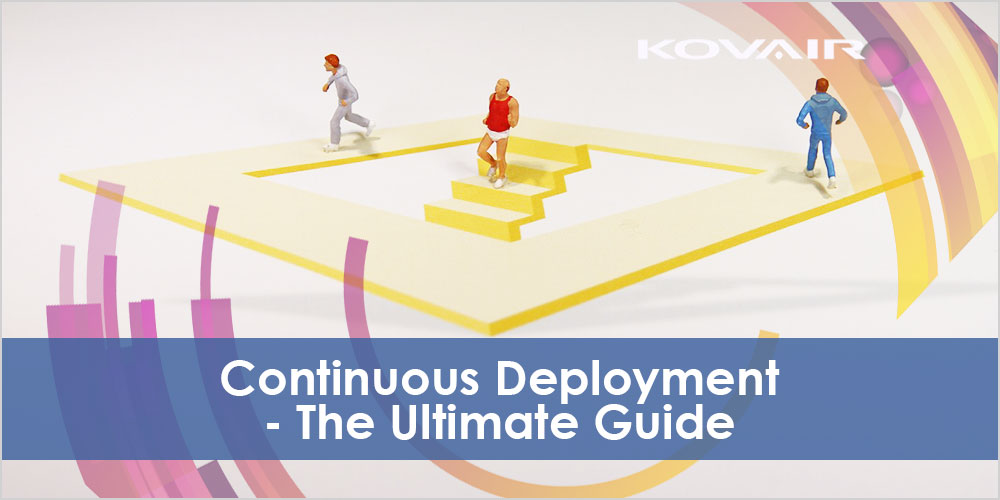
In this article, we are going to learn about the buzz-word in the IT industry, the automated form of deployment – Continuous Deployment. In order to fully understand the intricacies of continuous deployment, we first need to study the concept of – Continuous Integration and Continuous Delivery.
The chain goes like this, first Continuous Integration then Continuous Delivery and at the end Continuous deployment. Let us have a look at Continuous Integration now.
What is Continuous Integration?
Continuous Integration (CI) is the process of automatically detecting, pulling the latest code from repository, deployment and unit test case execution as and when source code is changed for a software product. It refers to the practice of storing all the collected codes from developers in a central storage repository, several times a day along with conflict resolution. By integrating regularly, we will be able to detect the errors quickly and remove them easily.
The idea is; that multiple developers working on a project tend to keep the principal head of the repository to the latest configuration of the source code, therefore developer must check out or pull the latest source code to stay away from conflicts. This particularly helps with cross-functional teams working remotely on a similar piece of code or module.
Advantages of continuous integration
- It helps in improving code quality.
- It improves testability.
- It helps in detecting and solving errors quickly.
- It provides a faster feedback loop.
What is Continuous Delivery?
Continuous delivery comes after continuous integration. Continuous delivery begins from where the continuous integration ends. It is basically defined as the packaging and deployment of the continuous integration build followed by automated acceptance test execution for build verification.
Hence, it is the practice of software development where you can build software in such a manner that the software can be delivered to the production at any time.
[the_ad id=”2867″]
Continuous delivery can be achieved by continuously integrating the software products designed by the development team, running automated tests on those products to detect the errors and then pushing those files into the production-like environments to ensure that the software works in the production.
Advantages of continuous delivery
- The benefit of continuous delivery is that the code is always ready to deploy.
- It helps in quality assurance as each time a new code is written and merged with the source code repository, it tested to be production-ready.
- It aims at accelerating the deployment cycle and thus helps in boosting the business.
What is Continuous Deployment?
The next stage is continuous deployment. Continuous delivery and continuous deployment both originate from the continuous integration. But continuous deployment is different from continuous delivery as it is aimed at decreasing the lead time. The lead time is basically the time elapsed between developing a new line of code and this new code being used by live users in production.
In Continuous deployment, the stable code is deployed automatically in the production environment without any manual intervention.

Steps to perform in continuous deployment
Continuous deployment works in four simple steps:
- Production deployment
- Monitoring production environment
- Respond and recover in case of issues
Advantages of continuous deployment
- Improves overall productivity.
- It provides a faster rate of release due to shorter elapsed time to detect and correct production.
- It provides better quality of the product.
- Deployments are much less error-prone.
Difference between continuous delivery and continuous deployment
The main difference between the continuous delivery and continuous deployment is that continuous delivery is a practice of automating the entire software release process whereas continuous deployment is one step ahead of continuous delivery in which the change to the source code is deployed in the production automatically, without explicit approval from a developer.
Conclusion
In the age of full-stack developer and full-stack QA, the knowledge of CI/CD is a must for DevOps, Developers and QAs alike. I hope this article helped you in understanding the concept of Continuous deployment with continuous integration and continuous delivery along the way.



Good work keep it up..👍